|
There's no question about it, children learn by watching and imitating. These pictures are cases in point. This child of mine is a mini-me. I see her observing me. She examines my actions, takes mental note, mimics my every move, analyzes the outcome, and adjusts her behavior accordingly. All the while her brain is rewiring and building new connections as she's learning from me. I can see all of this go down simply by the expression on her face as she's watching me and mirroring my behaviors.
It’s a reminder for me as a parent and educator to model behaviors, values, and priorities that I hope to see in my own children and my students. It's a seemingly simple concept. Don't hurt others, don't disrespect others, work hard. But I catch myself often doing things that I wouldn't want my own children doing. I have to stop myself, reflect, and make changes. For example, I want my children to be good listeners. If I want that, I need to listen to them. I believe I do that....when I'm physically AND mentally present. My cellphone compromises my ability to be mentally present. My children take note. They are learning that it's OK to have their faces buried in their phones while others are speaking to them. That's not OK with me. So I have to take a step back, reflect on my actions, ask myself if I want to see these behaviors in the children in my life, and make changes if not. Educators and parents, we need to be cognizant of our actions, because these kids are watching us!! Follow me on Pinterest (Experiential Learning Depot) and check out my TpT store, Experiential Learning Depot, for more educational resources. Multicultural Awareness in the Classroom: how to Celebrate Student's Cultural Diversity
Happy apple picking season! Well, the end of it anyway. Apple picking in September and October is a long time Minnesota tradition. It is probably a tradition in the Midwest in general and maybe a few other places that grow apples. Apple picking with the family in Minnesota however, doesn't just mean heading to an orchard and picking apples. It means an entire afternoon of kid rides, face painting, corn mazes, climbing haystacks, taking haunted hayrides, picking out pumpkins for carving jack-o-lanterns, sipping hot apple cider and snacking on brats, fresh apple donuts, and caramel apples. It's shooting rotten apples with a giant sling shot. Yes, this happens, and if you don't know about this, check out Arie's season of the Bachelor! And the celebration isn't over when you leave the parking lot. You then go home and bake loads of apple inspired treats because you have too many apples to just eat!
The sights, the sounds, the smells - mmmmm, apples and cinnamon. This experience reminds me of fall, family, who I am and where I come from. Fall just isn't fall in my world without apple picking. It's not that apple picking is that great. It's the same year after year. But that's the beauty of it. It's a fond tradition that I share with my family, and have since I was a child. I am now passing that tradition on in my own little family. It's a deeply rooted part of my heritage. Yes, getting lost in a corn maze, the same time and place every year, is part of who I am, and I love it!
But, OK. This is an education blog. Yes, yes. So what's my point? This has been an unusually rainy and cold fall for Minnesota. There was a point where I thought maybe we wouldn't be able to apple-pick this year, and I felt devastated even imagining that. This experience has come to play such an important role in my life. Not just apple-picking, but traditions like this in general. I think having and creating traditions is so meaningful. It's an important part of one's self-concept, and knowing who we are and where we come from. There is massive effort on the part of my coworkers and I to help our students have these same feelings of nostalgia, belonging and pride in who they are and where they come from. I've noticed with my students that the learning activities they most enjoy and look forward to year after year are those that have to do with culture and tradition.
I do a heritage project with my students every year, where they focus on a piece of their heritage and culture. They learn about themselves and their family history. They pinpoint family traditions and discover how those traditions came to be. They essentially learn about their family background and then have the opportunity to brag about it in an annual heritage festival, putting their exhibits on display for the community. This project is something the students look forward to each year. If you're interested in trying this with your students, check out this resource to get it going - Project-Based Learning: Heritage.
It's an interesting project to do even when you suspect your students may not have many family traditions to draw from, and those that do may not be fond of their family traditions. I suspect that with my own students, yet they STILL always find something about who they are that they are proud of and want to share.
You could also expose your students to traditions in school. Start them in your classroom. I have two co-workers that are especially great at that. One of them, Val, started an annual tradition called "Feast" every year around Thanksgiving, where each advisory cooks something together, and then the school sits down and shares a meal. Val also brings her own family traditions into her classroom, such as making lefsa with her students. It's a bonding experience for everyone. Another coworker of mine, Tom, is also great at this. He brings his apple cider maker into his advisory in the fall to give students a little dose of that Minnesota apple-picking experience without ever leaving the building. All of these activities may not hit any of the standards, but they help tremendously in building a strong community within your school and strong personal self-concepts within your students. Children can't think about biology for example, until their basic needs are met. Their learning environment needs to be a place of safety, trust, kinship and belonging. Having school or classroom traditions helps to build on those needs. Check out this free resource for more ideas on creating bonding experiences by implementing school traditions.
What are your favorite family traditions? What are some traditions you have as a school or in your class that the students look forward to?
Happy fall folks! Follow me on Pinterest (Experiential Learning Depot) for more educational resources. Raise money for learning activities this Halloween with these spooky and spirited student-led fundraisers:Approaching holidays make great excuses to fund raise for your school or organization. People love Holidays. Get into the spirit of Halloween this year by organizing some fundraising events that are not only fun, but help you raise big money for your school.
Happy Halloween, and happy fund raising! Follow me on Pinterest and TpT for more education resources. |
Blog IntentTo provide innovative educational resources for educators, parents, and students, that go beyond lecture and worksheets. AuthorSara Segar, experiential life-science educator and advisor, curriculum writer, and mother of two. Categories
All
|
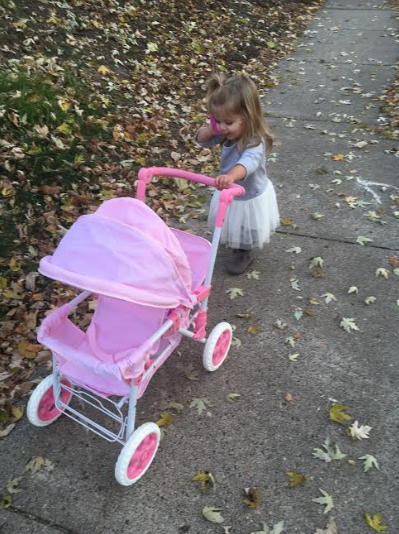
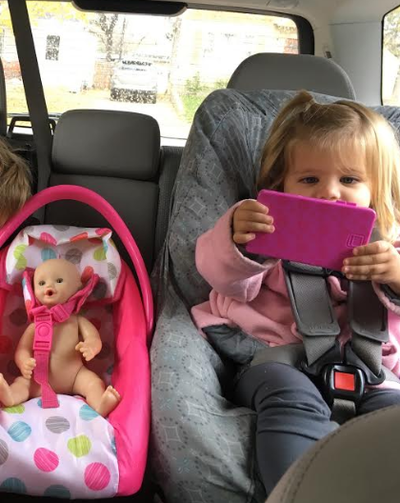
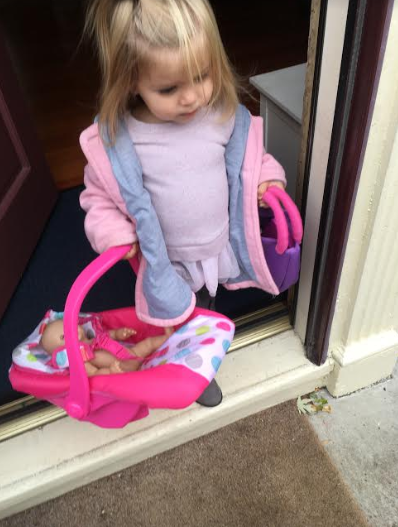
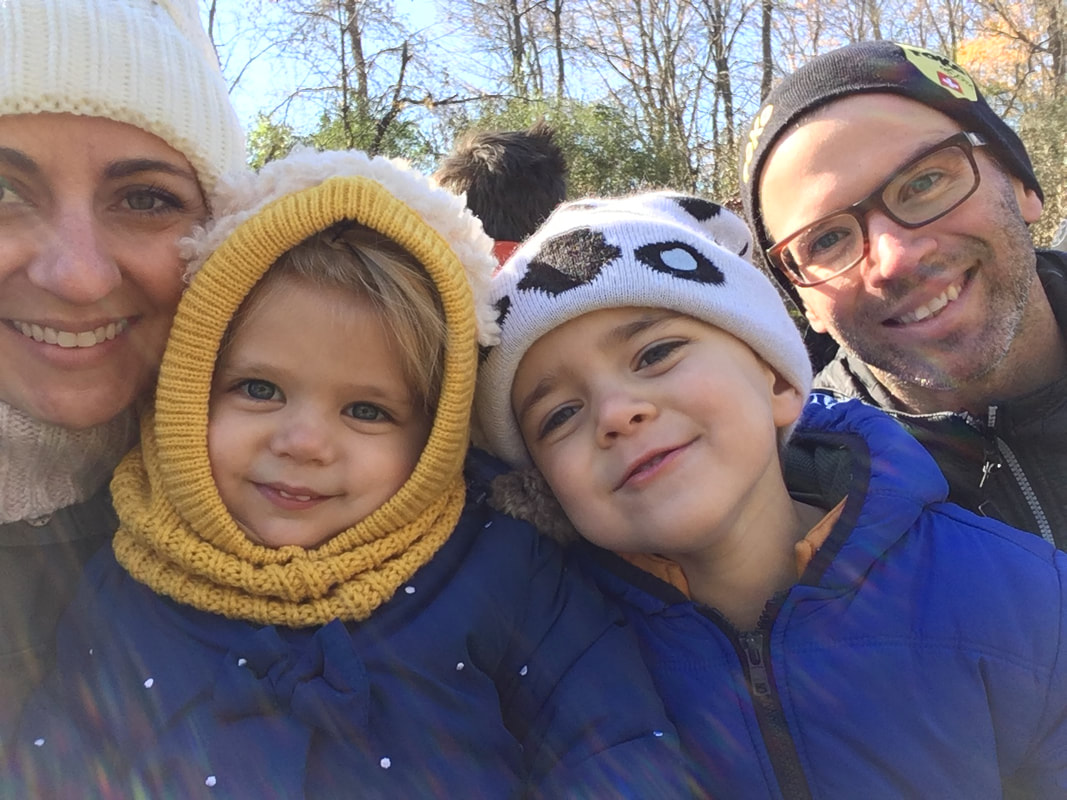
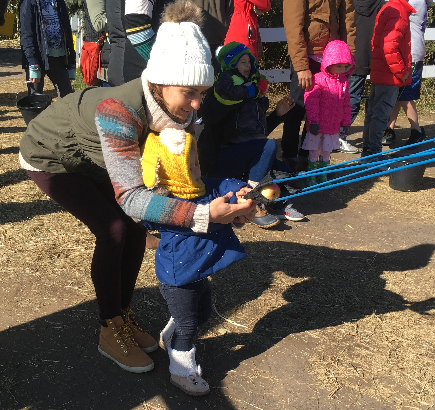
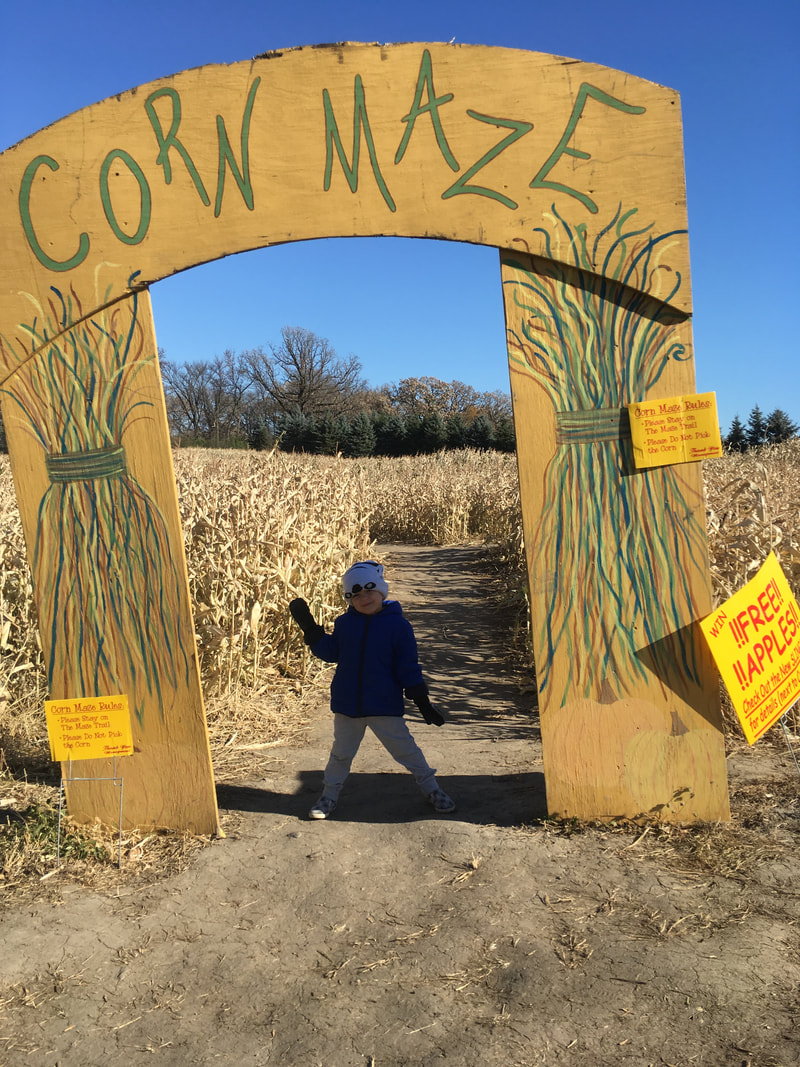
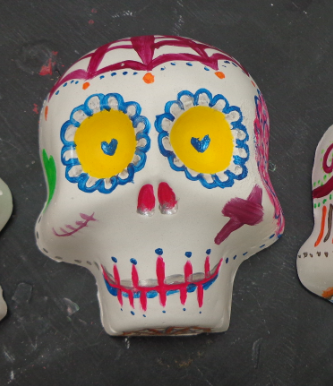
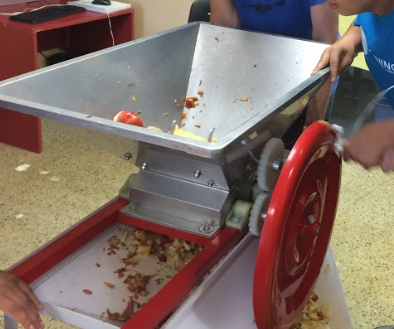

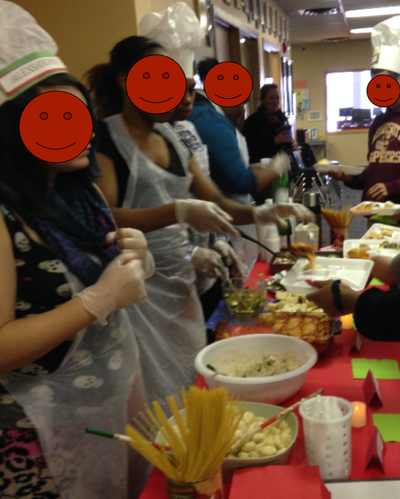
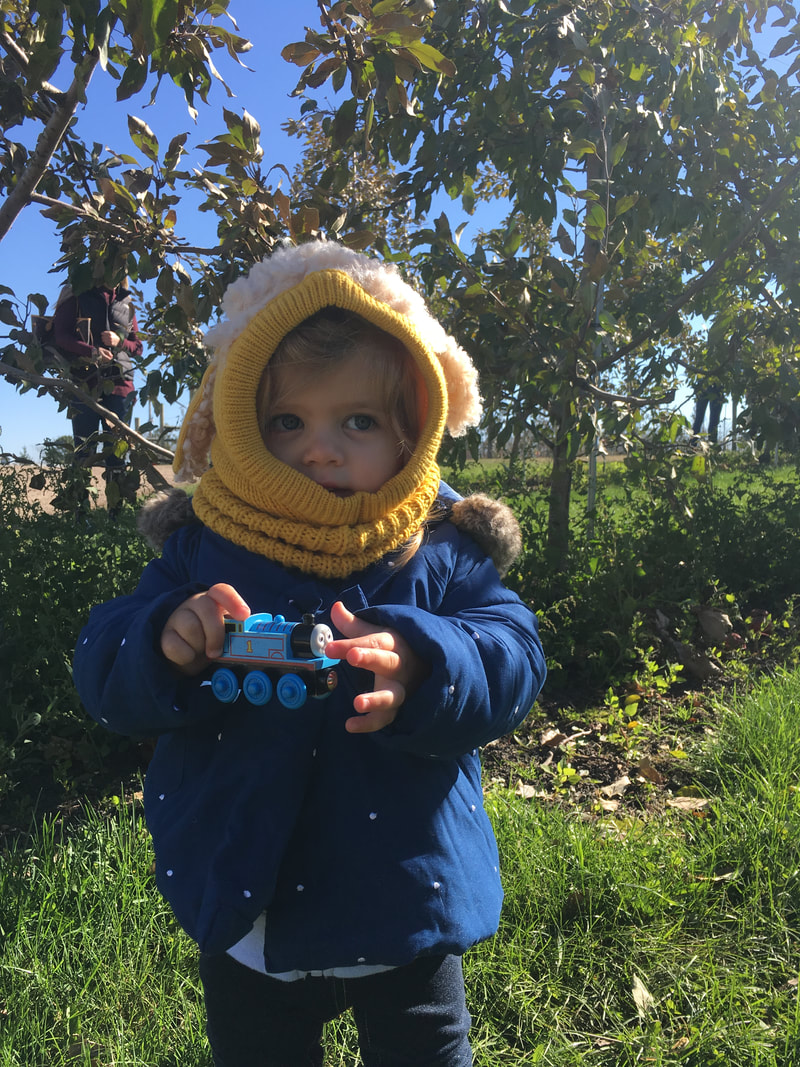
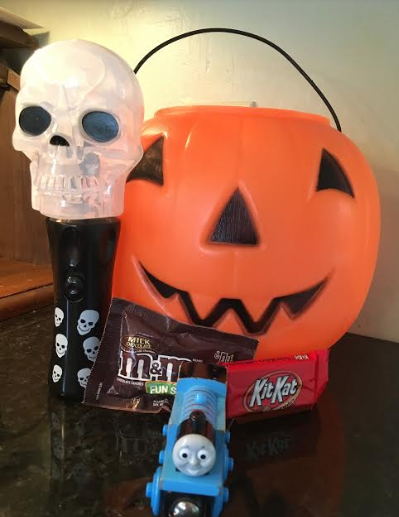


 RSS Feed
RSS Feed